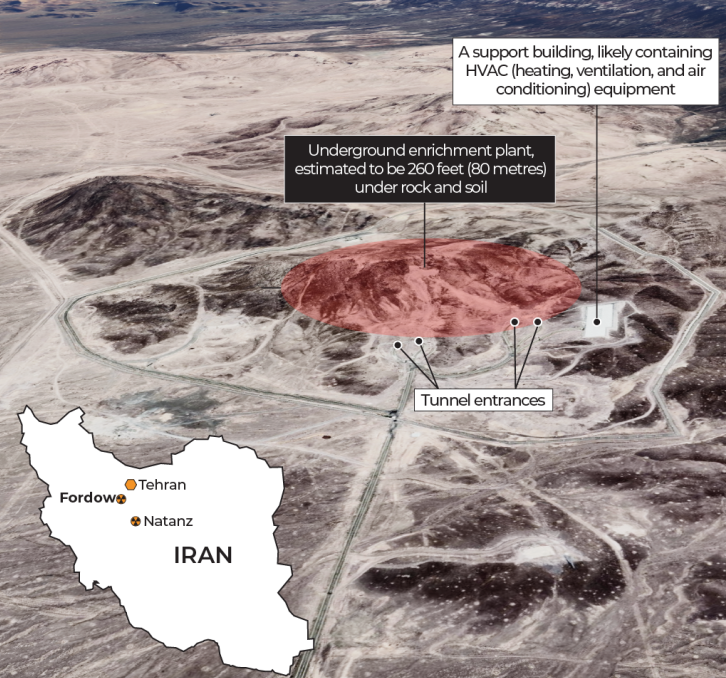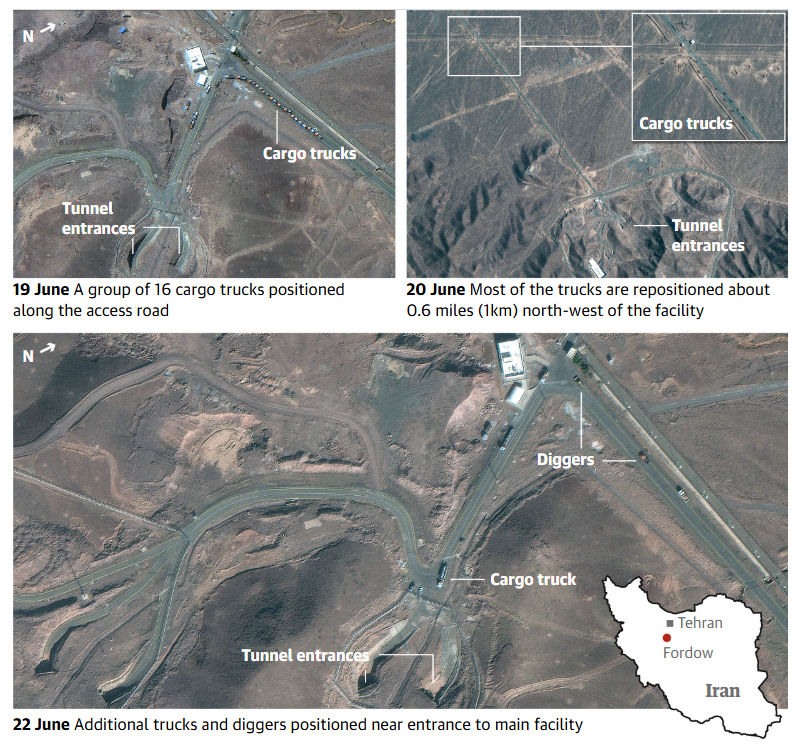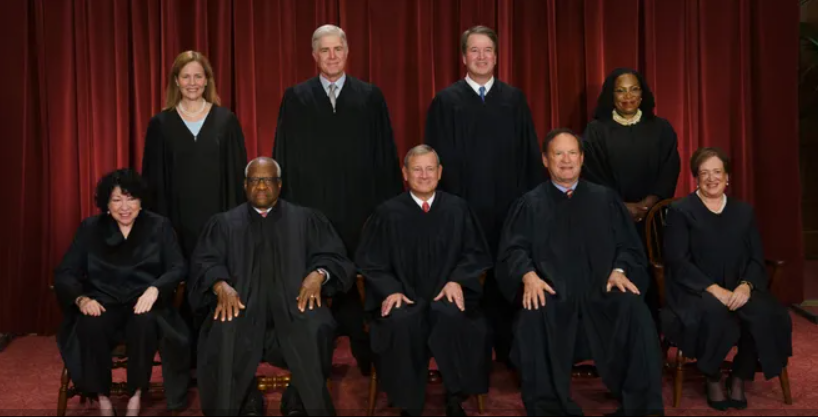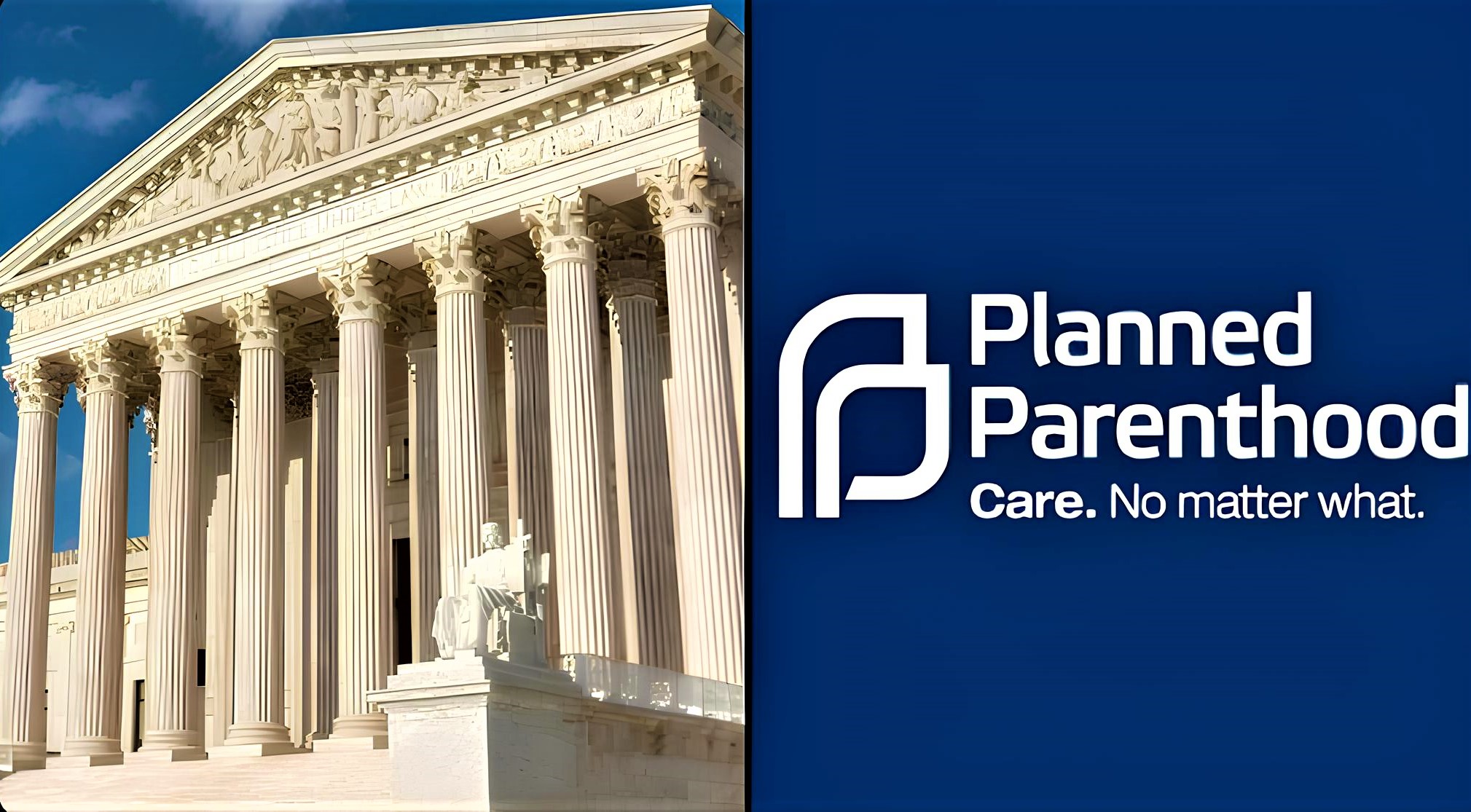Trump and Hegseth Report on Damage to Iranian Nuclear Sites Amid Uncertainty
In the wake of a major bombing campaign against Iran’s nuclear sites which President Donald Trump and Defense Secretary Pete Hegseth reported on — we are still not sure of the full results. Also at issue are mixed intelligence reports and international responses which question the campaign’s large scale success which in turn puts into question the future of the Iranian nuclear program and the greater stability of the region.
Shifting Narratives and Uncertain Intelligence on Damage to Iranian Nuclear Sites
Speaking at the NATO summit in The Hague President Trump put forth atypical uncertainty regarding the results of the U.S. led strikes. “The intelligence was very poor” he told reporters, which is a change from earlier more definite reports of total success. “The intelligence says we don’t know. It could have been very serious. That is what the intelligence indicates. Also within hours Trump went back to his former position which was that the strikes had been “very successful” and had set back Iran’s nuclear program by “decades.
This issue of a fluctuating report was made worse by the release of a Pentagon assessment which put forward that the Iranian nuclear program may have only been set back by a few months. At the report’s issue by the Defense Intelligence Agency (DIA) it was noted that while we did see large scale damage done, key elements of the program which included the centrifuges at the Fordow and Natanz sites may have only had there growth delayed for months. Also reported was that much of Iran’s high grade uranium stockpile had been moved out before the attacks, to as of yet unknown locations.

Contradictory Assessments and Political Spin on Iran Nuclear Site Damage
Secretary of Defense Pete Hegseth reported that the president is uncertain which is which he put forward as moderate to severe and also that reports of total “obliteration” may have been over the top. At the Pentagon press conference also he went after the media for what he saw as their role in reporting leaked info and in down playing the U.S. and allied forces’ achievements. “It’s responsible[ly] reportable” he said, also bringing up the issue of the operation’s complexity and secrecy which he put out there as the like never before in history.
At the same time Israeli authorities put out a more positive report. A senior officer reported that the attacks had set back Iran’s nuclear program “by years’ worth of progress” and the Israel Atomic Energy Commission reported that we had in fact destroyed Fordow’s “key infrastructure” which in turn put the enrichment facility out of action. Israeli intelligence also reported we had delayed Iran’s nuclear plans by about two years.
International Responses and Nuclear Watchdog Concerns on Iranian Nuclear Site Damage
The International Atomic Energy Agency (IAEA) did issue a word of caution. Director General Rafael Grossi reported that although the centrifuges at Fordow had very much taken a hit, it may be that some tech or equipment survived or was put away. Grossi put forth that what we are seeing is a very black and white picture of months’ or years’ set back which is not the case, we still have Iran’s technical know how and industrial capacity in play. He put forward the idea of the return of IAEA inspectors to do proper assessments at the sites which he said is the only way forward for a long term solution which can be achieved through international cooperation.
Nuclear authorities and nonproliferation groups sound the alarm over what may transpire from the attacks. That which may cause Iran to kick out the present IAEA inspectors and leave the 1968 Nuclear Non-Proliferation Treaty (NPT) is very much on the table; which if they do, will certainly destabilize the region and break up global attempts to stop the spread of nuclear weapons. Also in the works is legislation in Iran’s parliament which may set the stage for that which may be called a break away.
Diplomatic Challenges and the Way Forward After Damage to Iranian Nuclear Sites
During the military action President Trump put out that the U’ed out line for a return to diplomacy which included a face to face meeting between U.S. and Iran to discuss the issues of Tehran’s nuclear program. “We are to talk to them Tuesday with Iran, may put forth an agreement, I don’t know at this time” he said also to add “I don’t care if we get an agreement or not. That uncertainty which the president’s words reflected is a theme which played out through the days events and the prospect of any long term solution.
Trump also did not present a very positive outlook for the sustainability of the ceasefire which up to that point he had put forth as unlimited, instead he noted that a return to conflict is a real possibility. “Will it happen again? I suppose at some point it will. It may even begin soon, he said which also brought to light the short lived nature of the current truce.
Military Operation Details and Media Critique on Iran Nuclear Site Strikes
General Dan Caine, who is the Chairman of the Joint Chiefs of Staff, gave in depth technical details of the operation which he described in terms of the precision of the bunker-buster bombs used against the Fordow site. “We hit all six points at each of the Fordow’s vents exactly as we planned to”, he reported also on the unprecedented brightness of the explosions and the lack of surface craters which was a result of the bombs’ deep penetration.
Secretary Hegseth went on to support the operation’s success which he put forward to the public and the media to recognize the achievements of the U.S. and allied forces. “Thanks to decisive military action by us which in turn enabled President Trump to create the which brought about a ceasefire and put an end to a 12 day conflict we did what we set out to do. That is what I am here to report.
Conclusion: Uncertain Aftermath of Damage to Iranian Nuclear Sites
The results of the attacks on Iran’s nuclear sites are characterized by uncertainty, we have many versions of what happened, and that we are at risk of a renewed conflict. While US and Israeli officials report that the operation was a major blow to Iran’s nuclear program, leaked reports and international analyses put the damage forward as not as extensive as reported. As diplomacy goes back on the table and the region gets ready for a possible upsurge in hostilities the world is very much tuned in to see if the attacks will bring about a permanent solution or just a break in the long standing stand off.
Some related reference :
President Trump claimed the U.S. strikes completely destroyed Iran’s nuclear sites at Fordow, Natanz, and Isfahan, calling the operation a “perfect” and “spectacular military success” that set back Iran’s nuclear program by decades135.
Contradicting Trump’s claims, U.S. intelligence assessments indicated the strikes only delayed Iran’s nuclear program by a few months, with centrifuges and enriched uranium largely intact or relocated prior to the attacks124.
Visit for more news: WhyTrends




